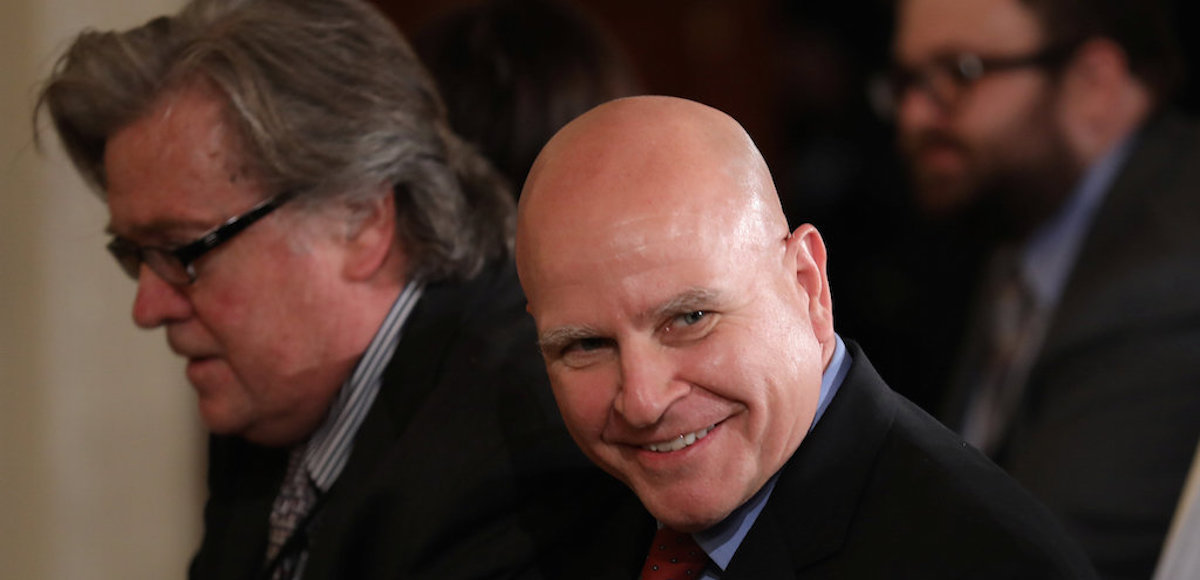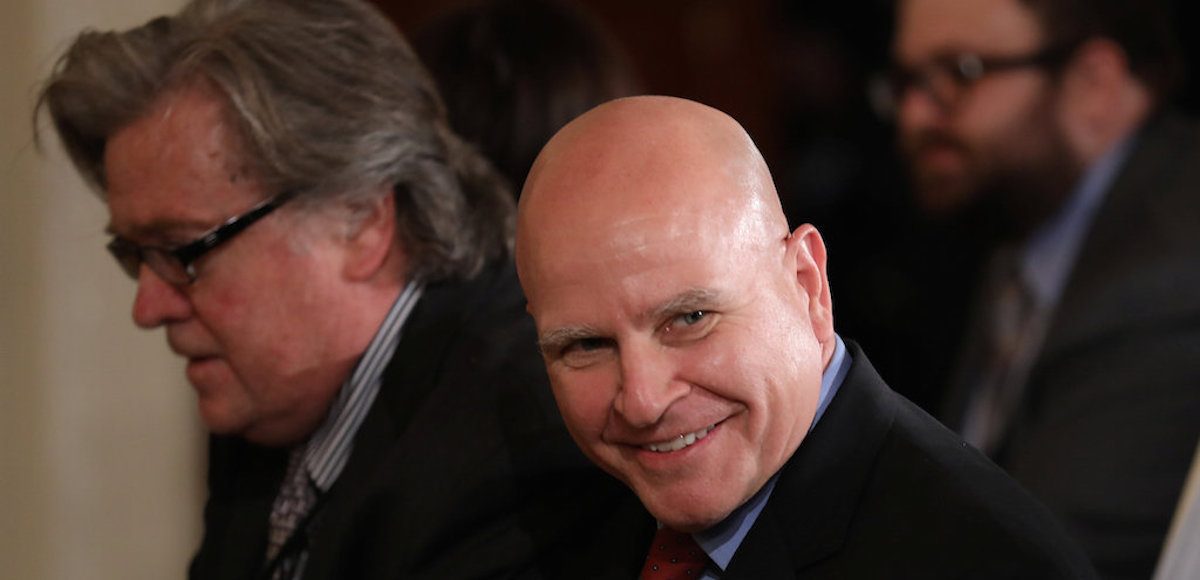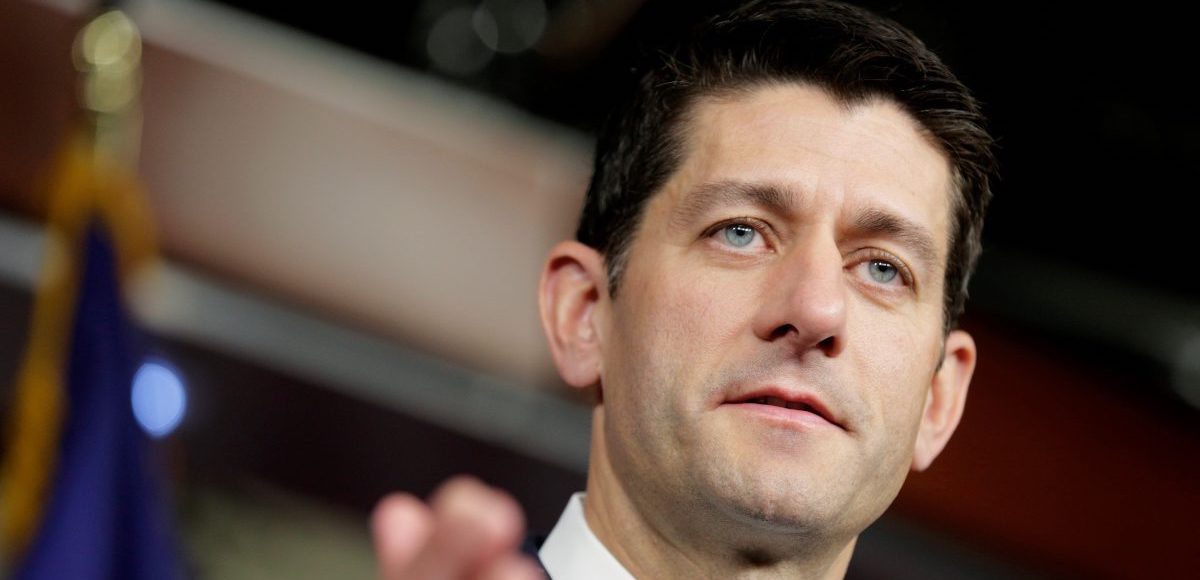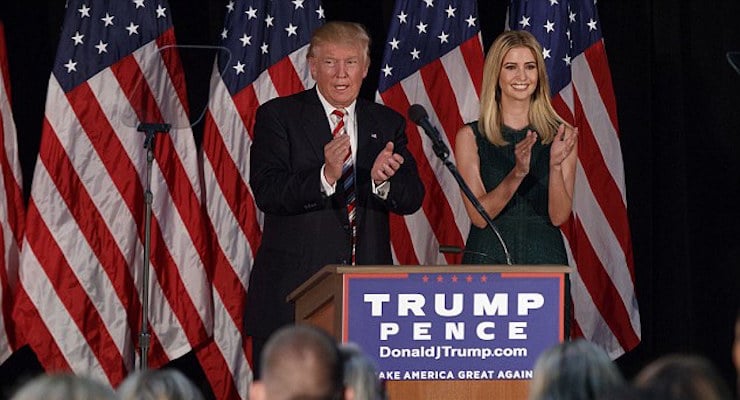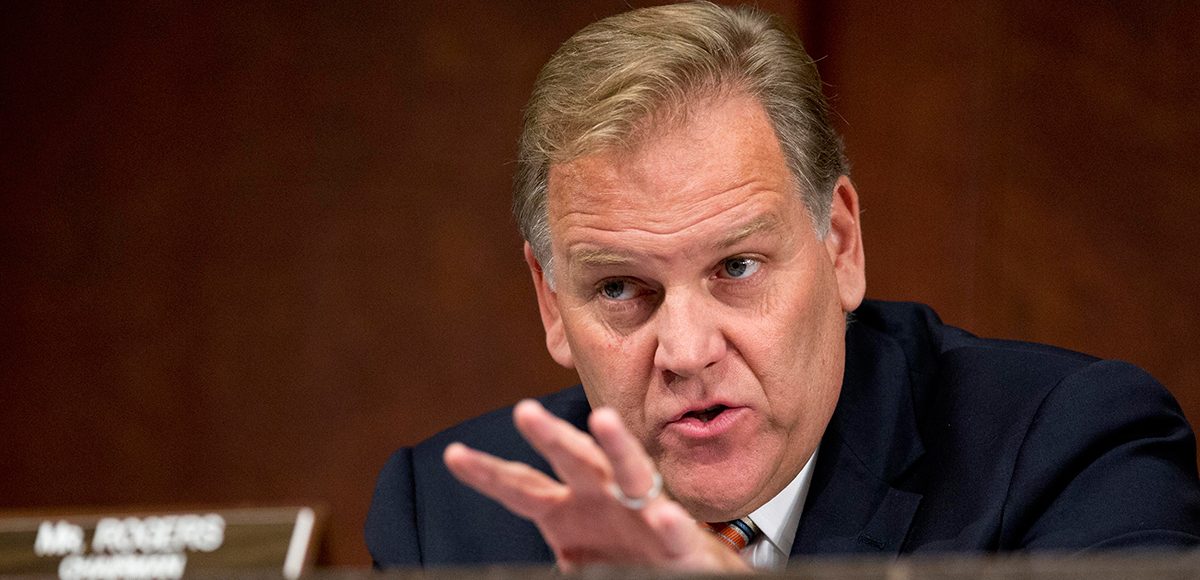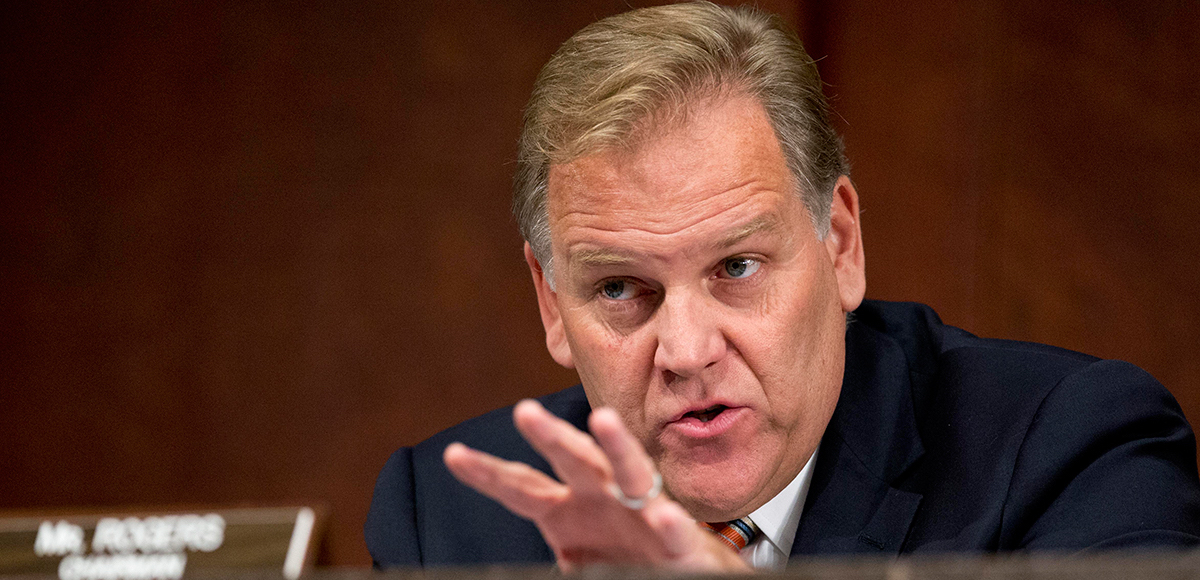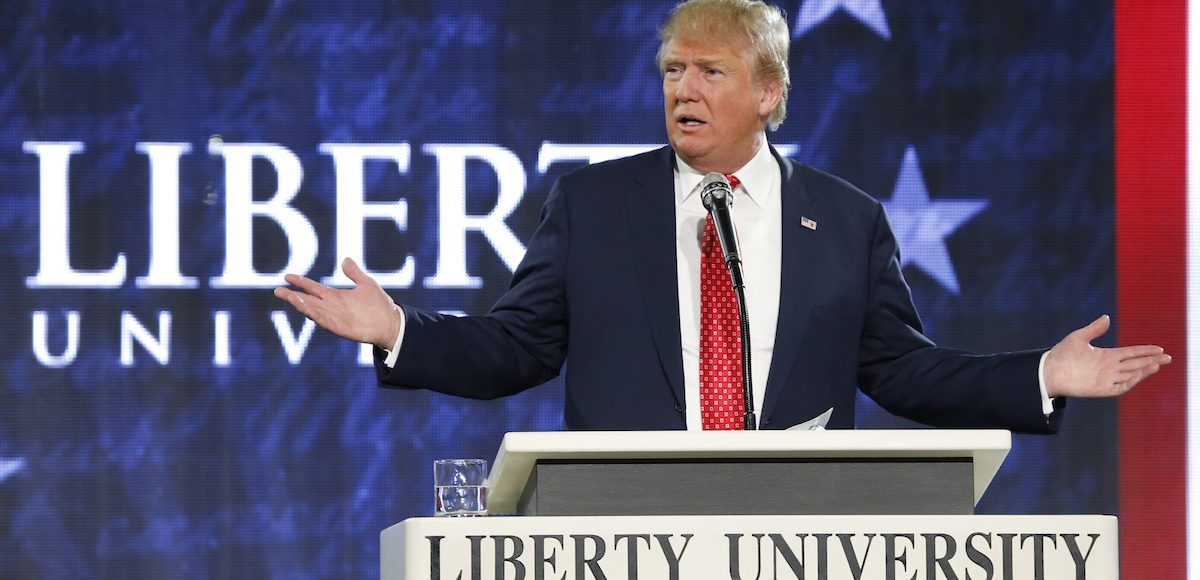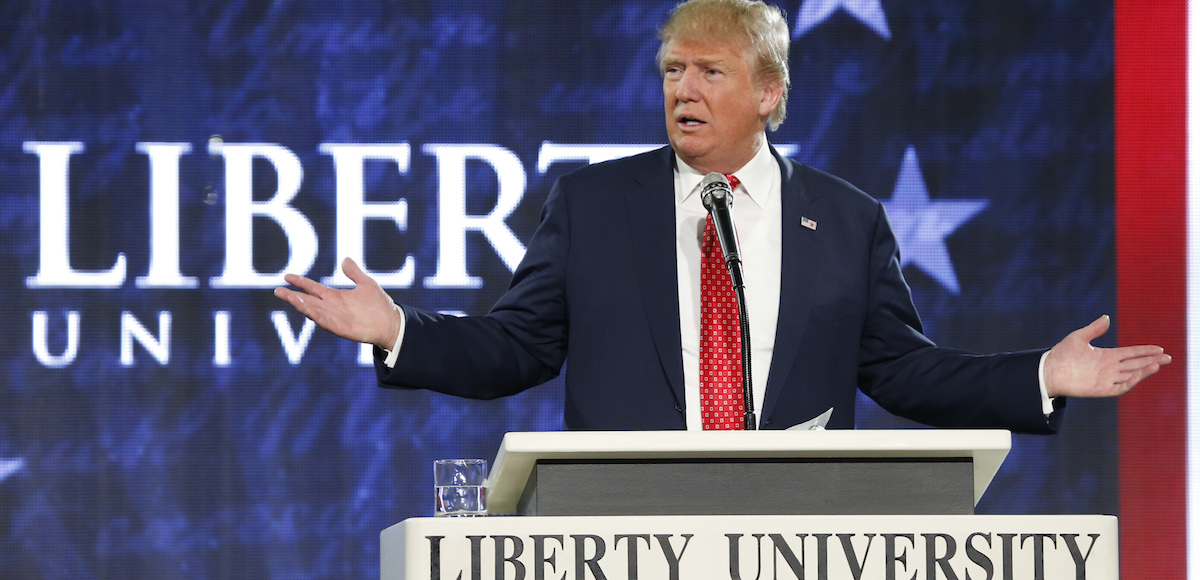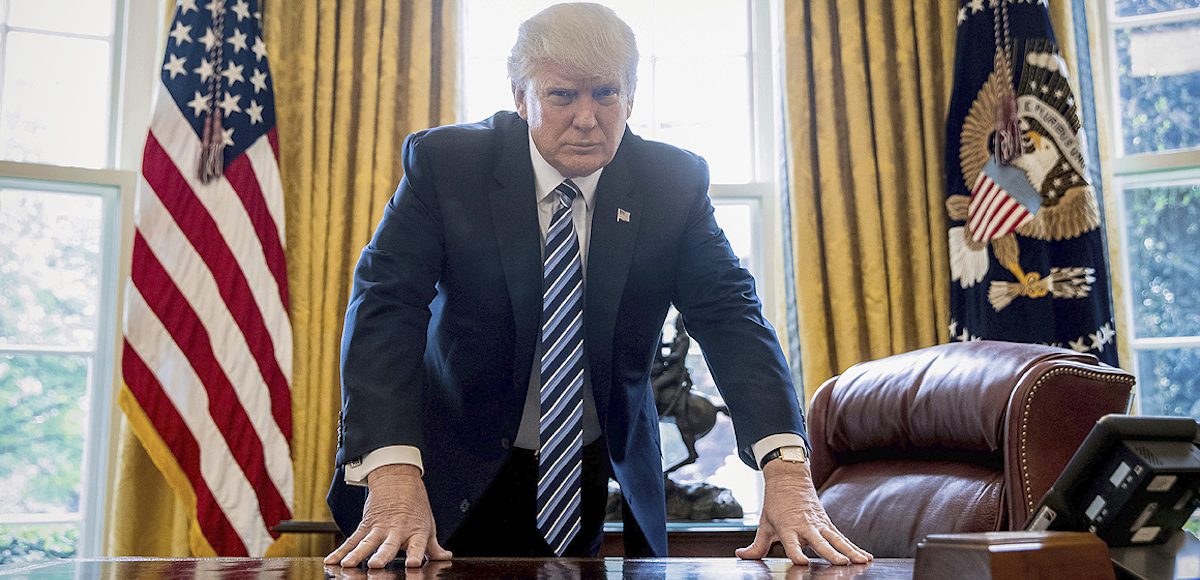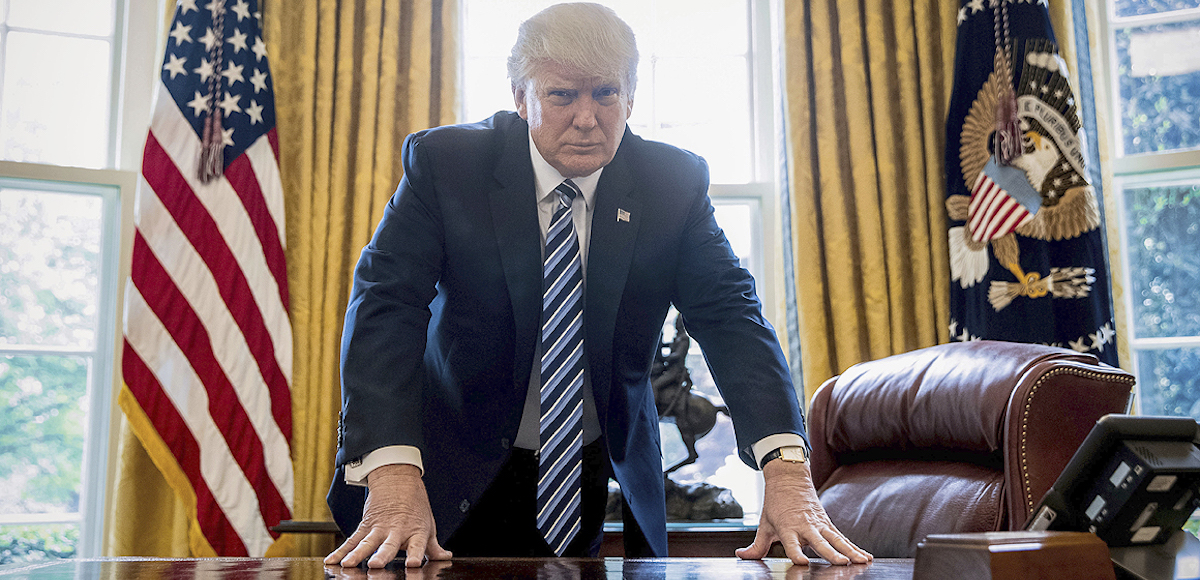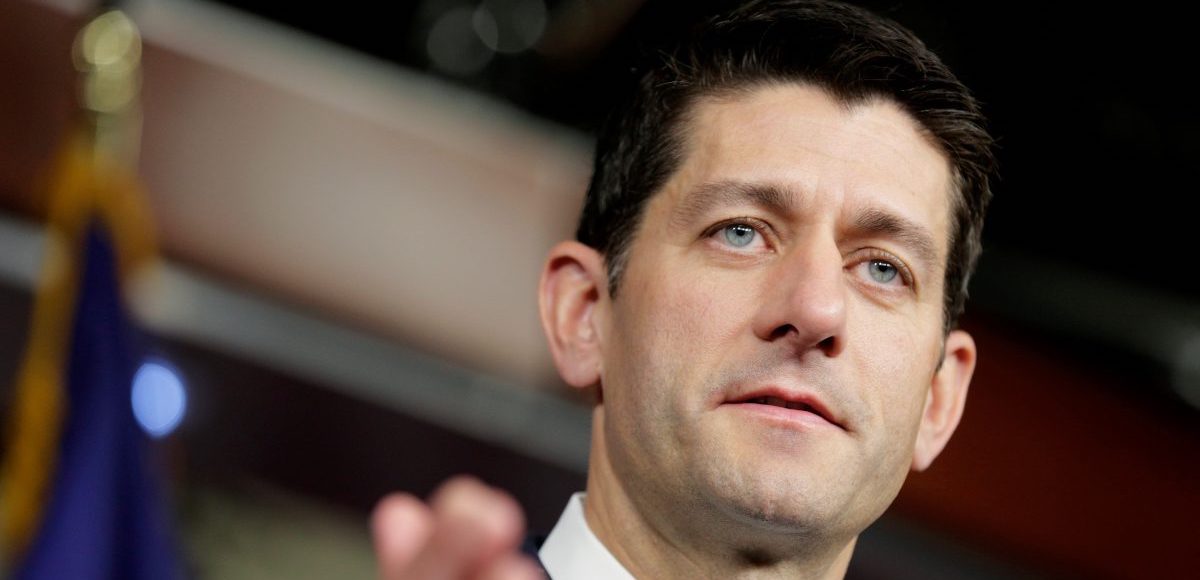
House Speaker Paul Ryan, Ro-Wis., speaks about tax reform on Capitol Hill in Washington, D.C. (Photo: Reuters)
As I’ve written before, our fight to restrain the size and scope of government will be severely hamstrung–perhaps even mortally wounded–if the crowd in Washington ever succeeds in getting a value-added tax (VAT) as a new source of revenue.
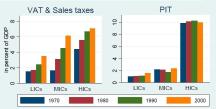 This is why many statists are pushing so hard for the VAT. It’s a money machine for big government.
This is why many statists are pushing so hard for the VAT. It’s a money machine for big government.
But what makes this battle especially frustrating is that there are some otherwise sensible people who are on the wrong side of the issue. I was stunned, for instance, when Rand Paul and Ted Cruz included VATs as part of their presidential tax plans.
And I’ve been less surprised, but still disappointed, to find support for a VAT from people such as Tom Dolan, Greg Mankiw, and Paul Ryan, as well as Kevin Williamson, Josh Barro, and Andrew Stuttaford. And I wrote that Mitch Daniels, Herman Cain, and Mitt Romney were not overly attractive presidential candidates because they expressed openness to the VAT (methinks it is time to create a VAT Hall of Shame).
Now I have three more people to add to the list.
In a column for the Washington Times, Professor Peter Morici argues for a VAT instead of the income tax.
The current system imposes terribly high rates and a myriad of special-interest credits and deductions. It requires expensive record keeping that drives taxpayers mad and complex auditing functions at the Internal Revenue Service that have proven susceptible to political abuse… The most effective reform would be to simply junk the personal and corporate income taxes in favor of a VAT. The Treasury annually collects about $2 trillion through personal and corporate taxes. This could be replaced by an 11 percent national sales tax on all private purchases and payments.
This is good in theory, but it’s a high-risk fantasy. The politicians in DC who want a VAT are not proposing to get rid of other taxes.  Instead, they want the VAT in addition to income taxes.
Instead, they want the VAT in addition to income taxes.
So unless Morici has some plan to fully repeal income taxes (and to amend the Constitution to prohibit income taxes from being imposed in the future), his support for a VAT plays into the hands of those who want a new levy to finance bigger government (which is exactly what happened in Europe).
Even more troubling, he confirms my fears that the border-adjustable tax serves as a stalking horse for a VAT.
Several House Republicans, led by Ways and Means Chairman Kevin Brady, propose to do essentially this for the corporate but not the personal income tax. …This proposal has…flaws. …The answer is simple — generalize Mr. Brady’s reforms to include the personal income tax as well. Junk it and impose a VAT of 11 percent on all economic activities.
Maybe now people will appreciate my concerns about the BAT.
Last but not least, I can’t resist pointing out that Morici is flat wrong about the VAT and trade. Heck, even Paul Krugman agrees with me on that topic.
Foreign governments rely more on value-added taxes (VAT), which approximates a national sales tax. Those are rebatable on exports and applied to imports under World Trade Organization rules… This places U.S.-based businesses at a competitive disadvantage.
Now let’s look at another column with a misguided message. Writing for The Hill, Jim Carter of Emerson and former Congressman Geoff Davis argue for a VAT.
…enact a payroll tax holiday similar to the one Americans enjoyed in 2011 and 2012. Only this time the tax holiday would be permanent. …How can the government make up for the revenue lost from the payroll tax cut? One idea: eliminate the deduction that businesses get for the wages and benefits they pay their employees. …this would generate a massive $11.6 trillion in revenue over 10 years.
Call me crazy, but I get very nervous about plans that generate “massive…revenue” for Washington. Especially when the plan proposed by Carter and Davis is actually a subtraction-method VAT.
And just like Morici, they think the House Better Way Plan paves the way for that pernicious levy.
Abolishing labor deductibility also generates enough revenue to lower the tax rates on business income five percentage points below the rates envisioned by the House Republican “blueprint” for tax reform… Add the House blueprint’s other provisions…this modified House blueprint would be roughly revenue-neutral.
Moreover, Carter and Davis don’t even pretend that the income tax might be abolished. They prefer instead to go after the payroll tax, which is far less damaging.
Moreover, they want to add other statist policies to their VAT scheme.
Add President Trump’s childcare proposals and a Republican commitment to link tax reform to additional infrastructure funding, and congressional Democrats would have little excuse not to work with Republicans.
Of course Democrats would be interested. They would be getting the VAT they desperately need if they want to take entitlement reform off the table. And they also are being offered bad childcare policy and bad infrastructure policy as a bonus.
Now let’s look at a Washington Post column by Alan Murray.
…in tax policy, as in health-care policy, the United States is notoriously ineffective and inefficient. As the world’s richest nation, the United States has more capacity to tax than any other country. But…we rank near the bottom of industrialized nations in our effectiveness at doing so. …Reid…devotes a chapter to the value-added tax, which he calls “the most successful taxation innovation of the last sixty years.” …it turns out to be relatively easy to enforce. …Reid quotes former Federal Reserve chairman Alan Greenspan saying a VAT is the “least worst” way to raise taxes. “It has been adopted in every major nation on earth and in most small nations as well,” he says.
Yes, you read correctly. He’s grousing that the federal government isn’t demonstrating “effectiveness” when it comes to maximizing its “capacity to tax.”
 This is the same statist mentality that led the World Bank to rank the United States near the bottom for “tax effort.”
This is the same statist mentality that led the World Bank to rank the United States near the bottom for “tax effort.”
For what it’s worth, I’m grateful that America hasn’t copied Europe by trying to squeeze every possible penny from taxpayers. And I’m specifically thankful that we haven’t copied them by imposing a VAT to finance bigger government.
I was amused by this passage in Murray’s column.
Critics of Reid’s plan, of course, won’t be hard to find. …Conservatives will attack the value-added tax as a money machine that leads to bigger government.
Of course supporters of limited government will make that complaint. That’s why statists want a VAT. Heck, Murray’s column openly states that the VAT would boost America’s “capacity to tax.”
For those who favor restraints on government, the last thing we want is a government that figures out ways to extract more revenue from the economy’s productive sector.
Let’s close by citing some research published last year.
Writing for the Wall Street Journal, Professor Ed Lazear of Stanford University warns that a VAT, even if part of an otherwise attractive tax plan, almost surely will lead to an increased burden of government spending.
…keeping a value-added tax low and substituting it for other more-regressive taxes has proven almost impossible. All 34 countries in the Organization for Economic Cooperation and Development, except the U.S., have a VAT. …26 countries have higher VATs now than they did when they first instituted the tax. …The U.K., Italy and Denmark have all raised their VATs by 10 percentage points or more. The VAT, wherever it has been implemented, has been a money machine for big government.
What about the notion that VATs simply replace other taxes?
Unfortunately, that’s not the case.
…for every 1 percentage point that the VAT increases, the tax burden rises by about 0.8 of a percentage point. Were it a pure substitute tax, raising the VAT would have no effect on total taxes collected because other taxes would be reduced by a corresponding amount. Unfortunately, that hardly ever happens. …America may be headed toward a European-style VAT tax and ever-larger government.
Prof. Lazear has some additional data posted at the Hoover Institution website. Here’s a chart that should frighten every fiscally responsible person.

And don’t forget the chart I shared showing how the VAT has jumped significantly in Europe in the past few years.
To conclude, here’s my video on why the value-added tax is so dangerous to good fiscal policy.
[brid video=”9889″ player=”2077″ title=”The Value Added Tax A Hidden New Tax to Finance Much Bigger Government”]
